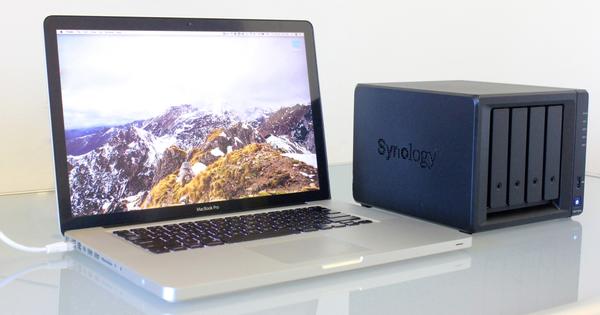Almost every self-respecting smartphone running on Android has a GPS receiver on board. And all too often you see them hidden in tablets. But how good or bad is your copy?
GPS stands for Global Positioning System. Developed long ago for the US military to determine position, it has been suitable for civilian use for many years now. Unfortunately with a slightly less accuracy, but that is still more than sufficient for, for example, (car) navigation. At the same time, various countries have introduced correction satellites and other systems that provide the desired high accuracy.
Furthermore, more and more countries have set up new navigation systems, whether or not jointly. In Europe, for example, this is Galileo, which is now almost completed, the Russian Federation has GLONASS and China Beidou. Because more and more 'GPS' receivers can also handle the other systems, an extremely high accuracy is achieved, which can be down to less than one meter without special fuss.
To see which satellites your Android can receive, there is the open source (and therefore free without advertising woes) app GPSTest from barbeauDev. Start the app and choose the Statusdisplay via the three-bar menu at the top left of the screen. Make sure you have a little clear view of the infinite sky to start with and wait a while. You will see a list of satellites, the country or region of origin (recognizable by the flag). Position and accuracy as well as some other things are shown at the top of the list.

Correction satellite
At the very bottom of the list is a special satellite called SBAS. That is the (usually) Galileo satellite that provides extra correction data and therefore just as extra accuracy. The Americans have WAAS as a counterpart for that purpose. If there is an American flag for the correction satellite under SBAS, you've got it. Unfortunately, the options differ per device. Apparently our relatively simple Lenovo Android tablet has an extensive GPS receiver that supports all major navigation systems. Includes both WAAS and Galileo-SBAS.
Moreover, it also turns out to be a sensitive animal, because it even works indoors (if all goes well). A while back that was completely unthinkable; the receivers were definitely not sensitive enough for that. In any case, you can now see at a glance which satellite systems your GPS is supported in a device running on Android. Also things like signal strength and more are easy to see in the table.
If you want a more graphical representation, tap the three-bar button at the top left and then Heaven. You will now see all available and received satellites in a graph, as well as the average signal strength. The option Card – accessible via the three-line button – shows your position on the map. An active internet connection is required for this! Another option in the dash menu is Accuracy, with this you can enter your position – if it is known very precisely – and have a nice deviation calculated.
Institutions
Also a practical option in the three-bar menu is Institutions. The options pretty much speak for themselves. For example, if you prefer to see the speed displayed in km/h instead of the default m/s, you can choose that option via Preferred unit for speed. In short: a handy tool to quickly find out the capabilities of the GPS in any Android device. So that you know whether you can really rely on that smartphone or tablet, or if it is better to look for an alternative.

